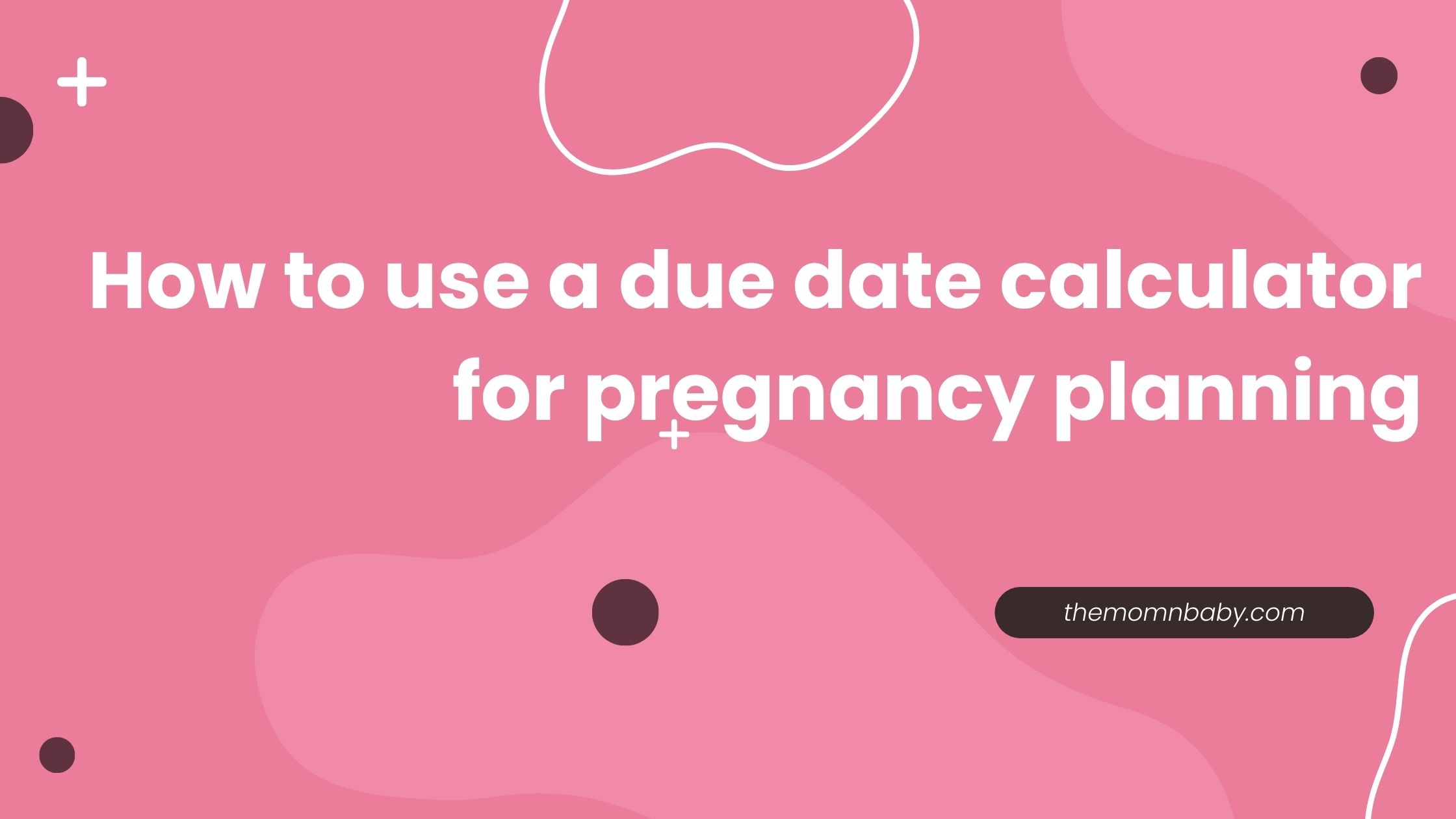
The journey to parenthood is often an eagerly anticipated one, filled with excitement and hope. For many couples, the path to conception may require some patience and planning. Understanding your fertility and menstrual cycle through Fertility Awareness Methods (FAM) can be a valuable tool in your quest to maximize your chances of conception naturally.
What Are Fertility Awareness Methods (FAM)?
Imagine your menstrual cycle as a calendar for your body. It goes through different phases, and some days are more suitable for getting pregnant, while others are not. Fertility Awareness Methods are like tools that help you read this calendar.
Here’s how it works:
- Identifying Fertile Days: FAM helps you figure out the days when you’re most likely to get pregnant. This is typically a few days before and after ovulation, which is when your body releases an egg.
- Trying to Conceive: If you’re trying to have a baby, FAM helps you know when the best time to have sex is. It’s like having a map that shows you the right path to increase your chances of getting pregnant.
- Contraception: On the other hand, if you’re not ready to become a parent, FAM can also help you avoid getting pregnant. By identifying the fertile days, you can choose to abstain from sex during that time or use other forms of contraception.
Think of Fertility Awareness Methods (FAM) as a way to understand your body’s natural rhythms. It’s like having a secret code that tells you when it’s the right time for different things. Whether you’re hoping to start a family or want to wait a bit, FAM can be a useful tool to help you make informed choices about your reproductive health.
How Fertility Awareness Methods (FAM) Work
Fertility Awareness Methods (FAM) work on the principle that a woman’s fertility is not constant throughout her menstrual cycle. The fertile window, or the period during which conception is most likely to occur, is relatively short. By tracking various indicators, individuals can pinpoint these fertile days and plan intercourse accordingly.
Key Indicators in Fertility Awareness Methods:
- Basal Body Temperature (BBT): This involves measuring your body temperature every morning before getting out of bed. A slight increase in BBT after ovulation indicates the fertile window has passed.
- Cervical Mucus Changes: The texture and appearance of cervical mucus change throughout the menstrual cycle. During fertile days, cervical mucus becomes clear, slippery, and stretchy to facilitate sperm movement.
- Cervical Position: The cervix’s position, feel, and openness change during the menstrual cycle. It’s typically higher, softer, and more open during fertile days.
- Calendar Tracking: Keeping a record of your menstrual cycle to predict when ovulation might occur. Ovulation usually happens around the middle of the cycle.
- Ovulation Predictor Kits: These kits detect the surge in luteinizing hormone (LH) that occurs a day or two before ovulation.
Maximizing Conception with FAM
Using Fertility Awareness Methods (FAM) to enhance your chances of conception requires dedication and consistent tracking. Here’s how you can maximize your efforts:
1. Learn Your Cycle:
Start by tracking your menstrual cycle for several months to understand its regularity and patterns. This knowledge forms the foundation of successful FAM.
2. Chart Your Basal Body Temperature (BBT):
Measuring your BBT each morning before any activity is crucial. A sustained increase in BBT after ovulation helps identify when your fertile window has passed, providing insights for planning intercourse.
3. Monitor Cervical Mucus:
Pay attention to changes in cervical mucus. When it becomes clear, slippery, and stretchy, it indicates fertile days. Intercourse during this time increases the chances of sperm meeting the egg.
4. Combine Methods:
Many individuals use a combination of methods for greater accuracy. For example, tracking BBT and cervical mucus together provides a more comprehensive picture of fertility.
5. Be Patient:
It’s important to remember that FAM doesn’t guarantee immediate results. It may take several months to become proficient at tracking your cycle and optimizing your chances of conception.
6. Seek Professional Guidance:
Consider consulting a healthcare provider or fertility specialist who specializes in Fertility Awareness Methods (FAM). They can offer guidance, review your charts, and provide valuable insights.
7. Maintain a Healthy Lifestyle:
A balanced diet, regular exercise, and stress management contribute to overall reproductive health. Maintain a healthy lifestyle to support your fertility.
Fertility Awareness Methods (FAM) for Contraception
Fertility Awareness Methods (FAM) can be used not only to help couples achieve pregnancy but also as a reliable way to prevent pregnancy when used correctly. If a couple is not yet prepared for parenthood, they can use these methods to figure out the days when pregnancy is most likely and choose to avoid having intercourse during those fertile days.
Is Fertility Awareness Right for You?
Fertility Awareness Methods (FAM) require diligence, consistency, and patience: Using FAM effectively demands a commitment to monitoring and recording various fertility indicators regularly. It involves daily tracking of signs like basal body temperature, cervical mucus, and calendar dates. This consistent effort ensures accurate identification of the fertile window.
They are best suited for individuals with regular menstrual cycles: FAM is most effective for individuals whose menstrual cycles follow a consistent pattern. Regular cycles make it easier to predict fertile and non-fertile days. However, for those with irregular cycles, predicting fertility can be more challenging as the fertile window may vary.
who are committed to tracking and recording daily fertility signs: Successful use of FAM relies on a genuine dedication to the process. Users need to be meticulous in recording their fertility signs every day. Missing or inaccurately tracking these signs can reduce the method’s effectiveness.
If you have irregular cycles or medical conditions that affect your fertility: Some medical conditions or factors like polycystic ovary syndrome (PCOS), thyroid disorders, or hormonal imbalances can disrupt menstrual cycles and fertility patterns. In such cases, relying solely on FAM may not be the best approach. It’s crucial to consult a healthcare provider who specializes in reproductive health for personalized guidance.
In essence, Fertility Awareness Methods (FAM) are a valuable tool for those with regular menstrual cycles who are committed to meticulous tracking and are looking to either enhance their chances of conception or effectively manage their fertility. However, for individuals with irregular cycles or underlying medical conditions affecting fertility, consulting a healthcare professional is essential to explore other suitable options and ensure reproductive health is properly managed.
Conclusion
Fertility Awareness Methods (FAM) empower individuals and couples with the knowledge needed to maximize their chances of conception or effectively manage their fertility. By tracking key indicators like BBT, cervical mucus, and cycle length, you can identify your fertile window and plan intercourse accordingly. Whether you’re on the journey to parenthood or seeking a natural method of contraception, FAM can be a valuable and empowering tool in your reproductive health toolkit.
FAQ
Q. What are Fertility Awareness Methods (FAM)?
Fertility Awareness Methods (FAM), also known as Natural Family Planning, are techniques that help individuals identify the most fertile days of their menstrual cycle for either achieving or avoiding pregnancy.
Q. How do Fertility Awareness Methods (FAM) work?
FAM involves tracking various signs, such as basal body temperature, cervical mucus changes, and calendar tracking, to determine when you’re most fertile during your menstrual cycle.
Q. Can Fertility Awareness Methods FAM be used to increase the chances of conception?
Yes, FAM can be a helpful tool for couples trying to conceive. By identifying the fertile window, you can plan intercourse during the most favorable time for pregnancy.
Q. Are Fertility Awareness Methods (FAM) effective for contraception as well?
FAM can be used for contraception when practiced correctly and consistently. However, it’s essential to understand that its effectiveness depends on following the methods accurately.
Q. How long does it take to learn and use Fertility Awareness Methods (FAM) effectively?
Learning and using Fertility Awareness Methods FAM effectively may take several months of consistent tracking and practice to become proficient.





